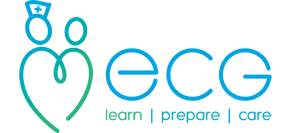Manual handling. It’s often seen as a chore, a tick box exercise, a pain in the neck (see what I did there). But why should we care about manual handling in health and social care? Well the Health and Safety Executive (HSE) publishes every year, information regarding work related musculoskeletal injuries. 162,000 workers developed a new work related musculoskeletal disorder in 2020/2021 (Health and Safety Executive, 2021).
With this in mind why don’t we care more about manual handling? One study (Swain, Pufahl and R. Williamson, 2003) noted that reasons for poor manual handling technique amongst student nurses include: influence of other professionals, lack of equipment, lack of time and the requirements of the patient. I have often heard in training that one of the big reasons was time pressure. Unfortunately, us health and social care workers are amazing at looking after people, it’s our raison d’etre after all. But we are dismal at looking after ourselves!
We often cut corners to save time. We try to prioritise tasks don’t we? We spend time making sure that the most attention is paid to the most important tasks and work down our lists. Many will put manual handling near the bottom of their list. This is understandable, after all its just moving people around right? Bending my knees and getting into positions and using equipment just takes more time doesn’t it? I tried to think of it another way. I tried to think about another basic task that consumes time like manual handling but people stick rigidly to. This led me to think of hand washing.
Handwashing takes time and surely we could save time by not washing our hands as much? What compels people to stringently wash their hands? I believe that it is the knowledge that it is protecting our patients and ourselves. Proper hand washing technique is known to limit the spread of disease (Rabie and Curtis, 2006). It is in everyone’s interest to wash our hands. Why don’t we think the same way about manual handling?
Good manual handling technique enables us to protect our patient’s health as well as ours. If we drag our patients across a bed just by bodily force not only will our backs hurt but also our patient’s skin will become damaged. If we use a slide sheet, we use less physical force and our patient’s skin is protected too!
In the end, what saves more time? Cutting corners and developing an injury leading to time off of work? Or taking an extra minute or two to do it the right way? I was always told, do it fast be prepared to do it twice.
How do we learn good techniques? How do we learn about how to move patients safely? Do you want to provide your staff with a strong and dynamic base in manual handling?
Look no further! ECG Training can help! Here’s a link. http://ecgtraining.co.uk/all-courses/moving-and-handling/
We provide a range of manual handling courses to suit every need!
Written by Chris Geraghty, Lead Clinical Trainer, ECG Training, Thursday 10th February 2022
References:
Health and Safety Executive, 2021. Work-related musculoskeletal disorders statistics in Great Britain, 2021. Health and Safety Executive.
Rabie, T. and Curtis, V., 2006. Handwashing and risk of respiratory infections: a quantitative systematic review. Tropical Medicine and International Health, [online] 11(3), pp.258-267. Available at: <https://pubmed.ncbi.nlm.nih.gov/16553905/> [Accessed 13 January 2022].
Swain, J., Pufahl, E. and R. Williamson, G., 2003. Do they practise what we teach? A survey of manual handling practice amongst student nurses. Journal of Clinical Nursing, [online] 12(2), pp.297-306. Available at: <https://onlinelibrary.wiley.com/doi/abs/10.1046/j.1365-2702.2003.00695.x> [Accessed 13 January 2022].












